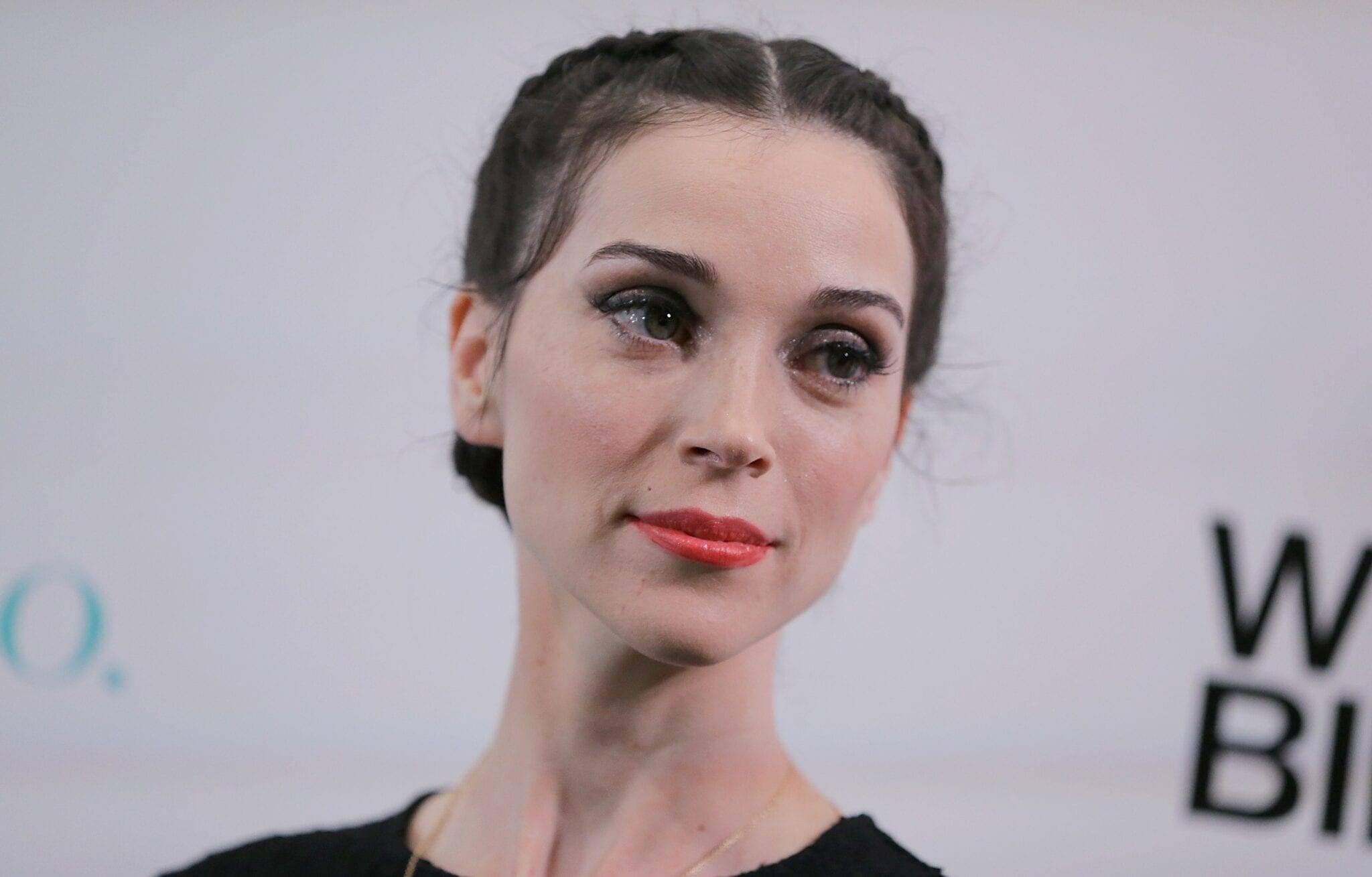Oscar Wilde’s 1890 novel The Picture of Dorian Gray is familiar to most – aided, undoubtedly, by several successful film adaptations. In spite of the array of interpretations that have already been committed to film, Annie Clark (better known by her stage name St. Vincent) has decided to take the story on herself – with a twist. In Clark’s upcoming adaptation, the infamous figure of Dorian will be female.
Having spent most of her career as a musician, Clark made her directorial debut earlier this year in the female-driven horror anthology XX. Sticking with a female focus, The Picture of Dorian Gray will be Clark’s first feature length project, and it is certainly a formidable one to start with; as well as following in the footsteps of several other successful adaptations, such as Albert Lewin’s 1945 version or Oliver Parker’s more recent 2009 offering, Oscar Wilde’s original novel is beloved by many, and considered one of literature’s greatest classics.
The use of female protagonists in film has become a contentious issue in recent years. Last year The Pudding compiled an array of data on women in film, particularly relating to division of dialogue between male and female characters. In their analysis of 2000 films, they deduced that only 173 of these had more than 50% of their dialogue spoken by women; all of the 1827 others were dominated, at least 50%, by men.
Log on to www.tellhco.com and win new offers
It’s clear that female representation is a problem, but are gender-swapped adaptations the way forward? It’s difficult to say. Producing female-fronted adaptations of existing male-fronted material is certainly one way to increase female representation, but many would argue that this may be progress for the sake of progress; after all, the source material still remains. Would it not be better to produce new material specifically written for a female protagonist? On the other hand, representation is representation; as long as women are getting more screen time, does the end justify the means?
Either way, producing a gender-swapped Dorian Gray has the potential, if done right, to address another important issue; that of interpretations of female beauty. In Wilde’s original novel, Dorian Gray is the subject of a full-length portrait by Basil Hallward, an artist who is impressed and infatuated by Dorian’s beauty. Understanding that his beauty will fade, Dorian expresses the desire to sell his soul, to ensure that the picture, rather than he, will age and fade. Such a storyline has the potential to be an excellent vehicle for the exploration of female beauty – particularly the idea of the male gaze, and the expectations for women to be concerned with retaining their youth. Whilst this is an important issue in contemporary society, does this negate the progressive nature of Wilde’s original novel? After all, female beauty is a subject that has been frequently explored where male beauty has not – Dorian Gray is one of few examples. Will inserting a female protagonist water down the progressive nature of the original material? Perhaps.
There will undoubtedly be backlash to Clark’s decision, as there will be to any vastly adapted interpretation of a classic. We’ll have to wait until release day to see how female Dorian fares.
